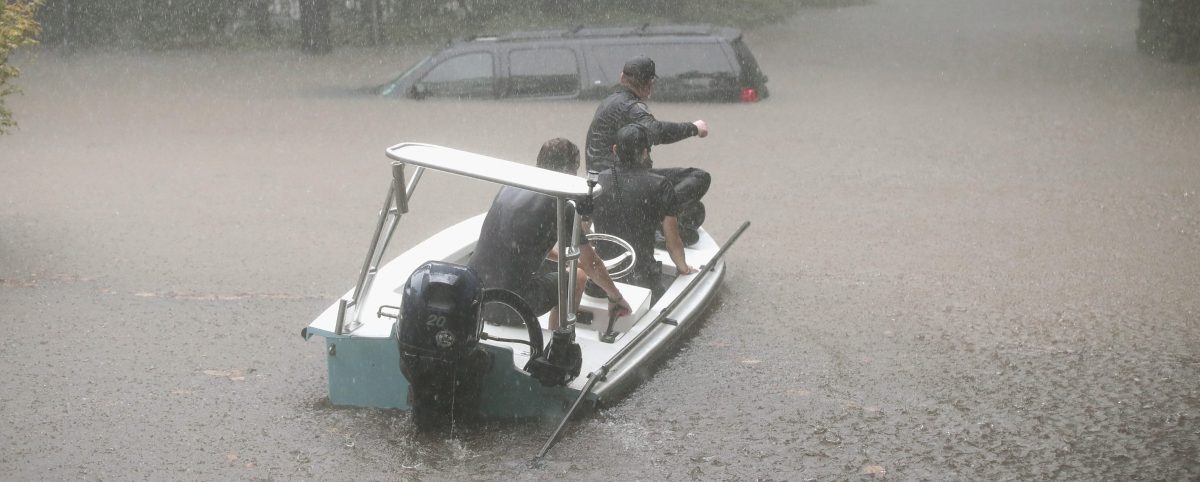Last August, Hurricane Harvey stalled over Texas for almost a week, slamming the area with a record-breaking torrent of rain and destructive flooding. At the time, it seemed an unusual pattern for a cyclone—a perfect storm of sorts.
But scientists researching the hurricanes of the last 70 years have found that the storms are slowing down considerably, increasing the potential for damage and death in populated areas along their coastal paths. The study, which was just published in the journal Nature, found that the speed in which tropical cyclones moved across the Earth slowed by roughly 10% between 1949 and 2016. It seems Harvey is part of a larger trend.
Study author James Kossin, a climate scientist for the US National Oceanic and Atmospheric Administration’s (NOAA) says that 10% reduction in hurricane speed can yield a 10% increase in the amount of rainfall over a given area. Hurricane scientists also worry that the slowing cyclones, believed to be exacerbated by climate change, would also cause more catastrophic flooding and expose structures to longer periods of being battered by damaging winds.
Thanks for reading InsideHook. Sign up for our daily newsletter and be in the know.


















